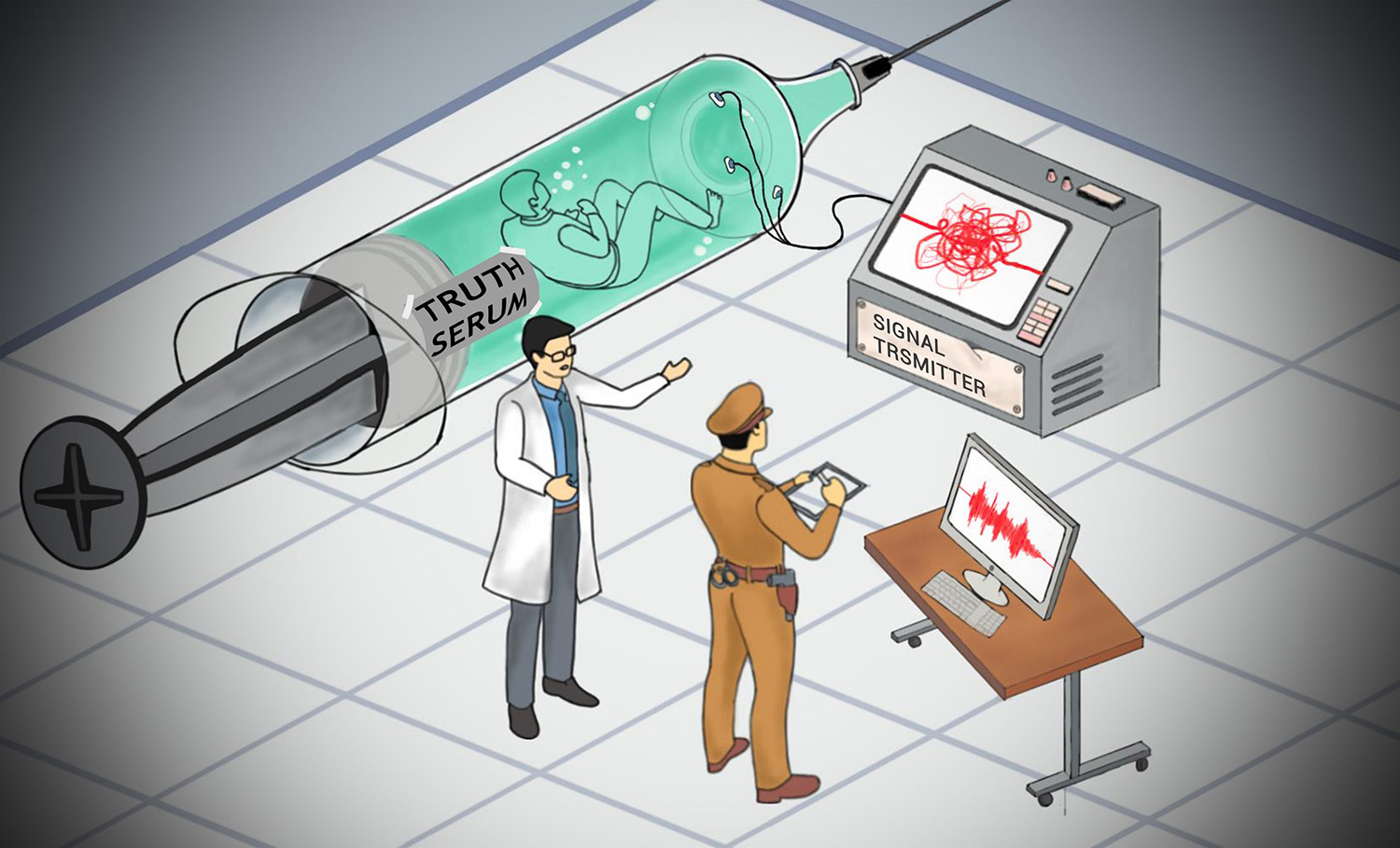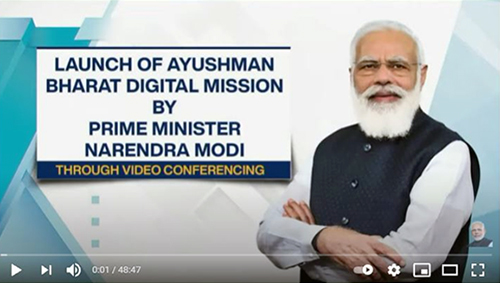
In its ruling on November 16 in the infamous Kathua rape-murder case, the Supreme Court (SC) noted that India’s rising juvenile delinquency rate is a matter of concern and necessitates immediate attention.
The current strategy and its effects on juvenile crime
- Goal of reformation: There is a school of thought that firmly thinks that if the accused is a juvenile, he should be handled with with just one thing in mind, which is the goal of reformation, regardless of how horrific the crime may be, whether it be single rape, gangrape, drug dealing, or murder.
- The continuation of crime The school of thinking we are discussing regards reformation as the ideal end-state. We question whether the [Juvenile Justice (Care and Protection of Children)] Act, 2015 has accomplished its purpose given how terrible and heinous crimes have been and are still being committed throughout time by juveniles.
- Without reformation, crime increases: We have begun to get the idea that the leniency with which minors are treated in the name of reformation is giving them more and more confidence to commit such horrible acts.
The issue of juvenile offenders’ maturity
- Help from experts to determine maturity: It is well established that the court, with the assistance of experts, is to determine whether or not an offender has attained sufficient maturity of understanding to judge the nature and consequences of his or her conduct. This is exemplified by Section 83 of the Indian Penal Code, 1860, and the Code of Civil Procedure, 1908.
- A person under the age of 18 who commits an offence cannot be tried or punished by a criminal court because they lack the maturity to understand the nature and repercussions of their actions, according to the JJ Act 2000. This encroachment on the judicial domain made the JJ Act 2000 unconstitutional.
- The 2015 JJ Act did not affect anything about maturity: With the exception of the age of criminal responsibility for serious offences being lowered to 16 years, the current JJ Act, 2015, has the same flaw.
- It has been forgotten that a juvenile offender who lacks such maturity should not be brought to a criminal court to be tried for the conduct of an offence, but rather should be committed to a correctional facility for reform and rehabilitation. This is the core basis of juvenile justice law.
- Juvenile who has reached adulthood must be punished. On the other hand, if the perpetrator has reached adulthood, he or she must be brought before a criminal court, tried, and, if found guilty, punished. Therefore, a juvenile offender’s age alone cannot support a general immunity from the criminal process; rather, the issue of such immunity must be determined case by case depending on the maturity of the offender.
Trying the mature juvenile as adult
- Adults are not the same as mature juveniles: In fact, Section 23 of the JJ Act, 2015 stipulates that “there shall be no joint proceedings of a child alleged to be in conflict with the law, with a person who is not a child,” regardless of anything stated in Section 223 of the Code of Criminal Procedure of 1973 or in any other law currently in effect.
- Separate care for older young people: The JJ Act, 2015 already includes provisions regarding how a child who has reached the age of 16 may be prosecuted and punished for a heinous crime.
- Considering the maturity of all juvenile offenders, regardless of age: Once the competent court determines that any such offender had sufficient maturity of understanding to judge the nature and consequences of his/her actions, the same provisions may be applied to all juvenile offenders, regardless of age or the type of crime.
Conclusion
Government should update the 2015 JJ Act. Such an amendment would go a long way toward achieving the goals both the juvenile justice system and the criminal justice system profess to have as well as the necessary balance between them.









